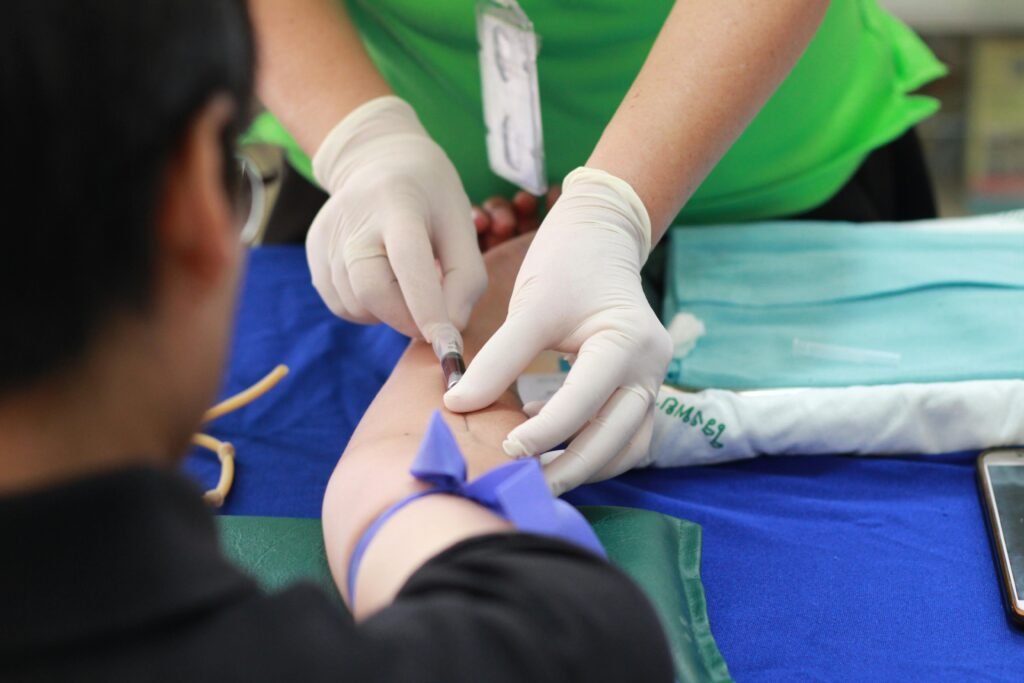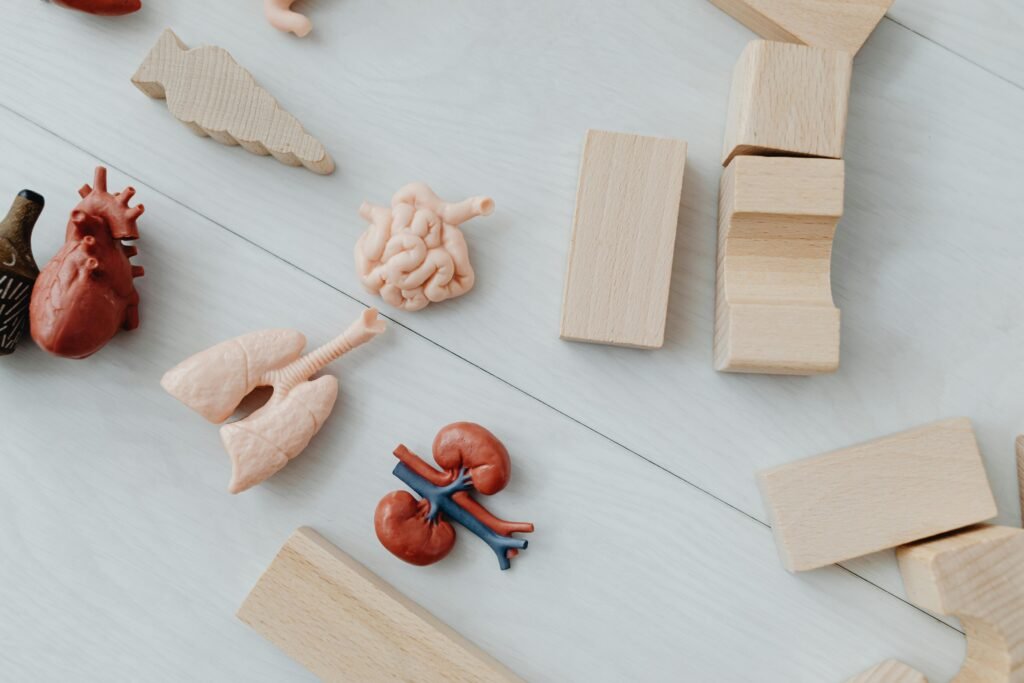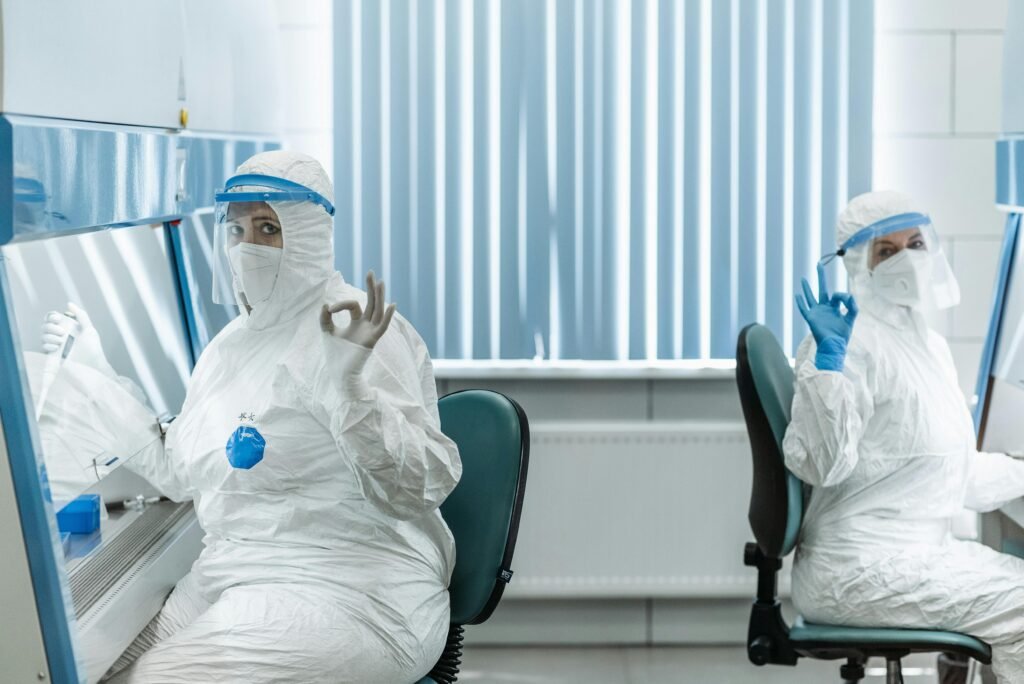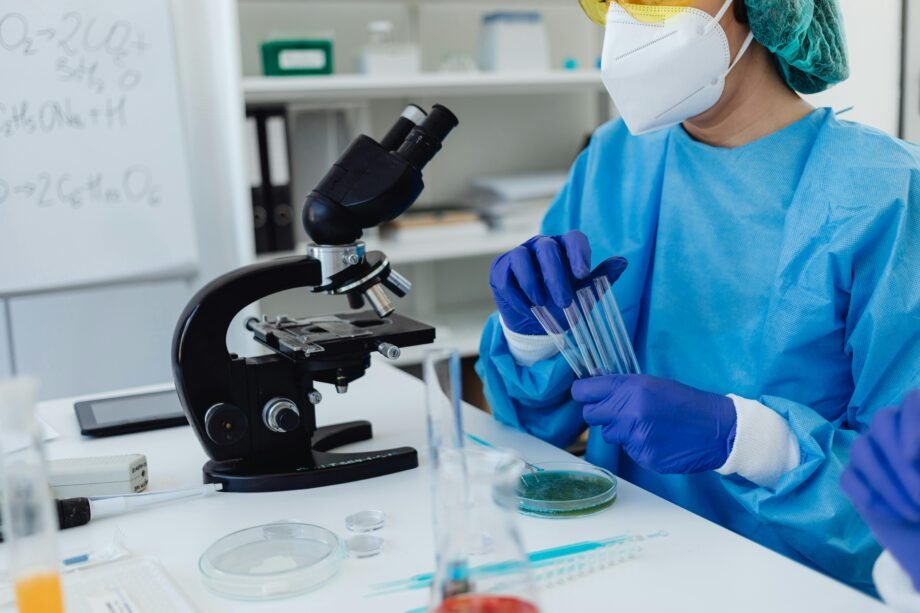Healthcare is a field that constantly strives for improvement, not just in treatments and diagnoses, but also in the materials used. For decades, traditional petroleum-based plastics have been indispensable, offering sterility, versatility, and cost-effectiveness. However, bioplastics environmental impact is undeniable. Enter bioplastics in healthcare – a game-changer poised to revolutionize the industry by offering sustainable, biocompatible, and often biodegradable alternatives.
It’s truly an exciting time, as we see a significant shift towards more environmentally conscious choices, even within the stringent demands of medical applications. The global medical bioplastics market is already experiencing robust growth, projected to reach approximately $7 billion by 2033. This isn't just a trend; it's a fundamental change driven by innovation and a commitment to a healthier planet.
One of the most remarkable aspects of this revolution. Gone are the days when bioplastics were seen as a niche, less-performing alternative. Today, they are at the forefront of cutting-edge medical advancements.

Let's dive into some of these fascinating developments:
1. Biodegradable Implants: Dissolving for a Better Recovery
Imagine an implant that does its job – whether it's supporting a broken bone, delivering medication, or aiding tissue regeneration – and then simply dissolves away, eliminating the need for a second surgery. This is precisely what biodegradable implants offer. Materials like Polylactic Acid (PLA) and Polyhydroxyalkanoates (PHA) are leading the charge here. PLA, derived from renewable resources like corn starch, is gaining significant traction due to its biocompatibility and predictable degradation profile. For instance, in orthopedics, biodegradable screws, pins, and plates made from these bioplastics are being used to fix fractures. Once the bone heals, the implant gradually breaks down into harmless compounds, being absorbed by the body. This reduces patient discomfort, minimizes surgical risks associated with removal procedures, and shortens hospital stays.
2. Bio-Based Surgical Instruments: A Greener Approach to Procedures
The operating room, while a place of healing, also generates a significant amount of plastic waste, particularly from single-use instruments. The development of bio-based surgical instruments is a crucial step towards reducing this environmental footprint. While still in early stages for many complex instruments, simpler items like retractors, clamps, and even disposable scalpels are being explored with bioplastic alternatives. These innovations focus on maintaining the rigorous sterility and performance standards required in surgery, while offering a more sustainable end-of-life option. The emphasis is on materials that can either be composted industrially or recycled in specialized streams, moving away from landfill dependence.
3. Bioplastic Medical Packaging: Protecting Patients and the Planet
Beyond the instruments themselves, the sheer volume of bioplastic medical packaging used daily in healthcare is immense. From sterile wraps for surgical kits to blister packs for pills and vials for injections, conventional plastics dominate. However, innovations in bioplastic packaging are rapidly changing this landscape. Companies are developing bio-based films, trays, and containers that offer the same protective barriers and sterility as traditional plastics but are made from renewable resources and are often biodegradable or compostable. This reduces the carbon footprint associated with manufacturing and the persistent waste generated after use. Imagine entire operating room supply kits packaged in materials that can return to nature or be repurposed.

4. Drug Delivery Systems Bioplastics: Precision and Control
The field of drug delivery is undergoing a quiet revolution, and drug delivery systems bioplastics are at its heart. These advanced biopolymers are being engineered to release medication at controlled rates, directly at the site of action. Think of tiny implants or nanoparticles made from bioplastics that slowly release a cancer drug over weeks or months, minimizing side effects and improving patient adherence. Polyhydroxyalkanoates (PHAs), produced by microbes, are particularly promising in this area due to their excellent biocompatibility and tunable degradation rates. They can be formulated into microspheres, nanoparticles, or even implantable films, offering unprecedented precision in how medicines are administered. This not only enhances therapeutic outcomes but also reduces the overall amount of medication needed.
5. Tissue Engineering Bioplastics: Building Blocks for the Body
Perhaps one of the most futuristic applications, yet very much a reality in research and development, is the use of tissue engineering bioplastics. These materials act as scaffolds or frameworks that encourage the growth of new tissues and organs. Imagine a biodegradable 3D-printed structure, custom-made to a patient's anatomy, which is then seeded with their own cells. The bioplastic scaffold provides the temporary support, guiding the cells to grow and form new bone, cartilage, or even organs, before gradually dissolving away as the new tissue matures. This area leverages the remarkable biocompatibility of bioplastics, paving the way for regenerative medicine and addressing critical shortages of donor organs.
6. 3D Printing Medical Bioplastics: Customization at Your Fingertips
The advent of 3D printing medical bioplastics has opened up incredible possibilities for personalized medicine. With 3D printing, healthcare professionals can now create highly customized implants, prosthetics, and even anatomical models for surgical planning with unparalleled precision. Using patient-specific imaging data, a surgeon can print a replica of a complex bone fracture in a bioplastic like PLA, practice the surgery beforehand, and even create a custom implant that fits perfectly. This reduces surgical time, improves patient outcomes, and significantly shortens recovery periods. The ability to rapidly prototype and produce on-demand specialized medical devices tailored to individual needs is truly transformative.

7. Biocompatible Polymers: The Foundation of Safety
At the core of all these innovations lies the crucial property of biocompatibility. Biocompatible polymers are materials that can safely interact with the human body without causing adverse reactions, inflammation, or toxicity. Many bioplastics, particularly PLA and PHA, naturally possess this characteristic, making them ideal candidates for direct contact with living tissues. Ongoing research is constantly refining these polymers, enhancing their mechanical properties, and ensuring their long-term stability within the body. This focus on safety and integration is paramount for any material destined for medical use.
8. Resorbable Sutures: A Stitch in Time That Vanishes
Traditional sutures often require removal after a wound has healed, adding another procedure and potential discomfort for the patient. Resorbable sutures, made from bioplastics like polyglycolic acid (PGA) and polylactic-co-glycolic acid (PLGA), eliminate this need. These sutures are designed to maintain their strength during the critical healing period and then gradually break down and are absorbed by the body. This innovation significantly improves patient comfort, reduces the risk of infection associated with suture removal, and streamlines post-operative care.
9. Bio-Based PPE: Protecting Frontline Workers Sustainably
The recent global health challenges highlighted the immense demand for Personal Protective Equipment (PPE) and, consequently, the waste generated. Innovations in bio-based PPE are addressing this head-on. Companies are developing biodegradable face masks, gloves, and gowns using materials like PHA and starch-based polymers. While maintaining the necessary protective barriers and sterility, these bio-based alternatives offer a much more sustainable end-of-life, reducing the massive amounts of plastic waste that accumulate from disposable medical items.

The journey of bioplastics in healthcare is truly inspiring. From the initial research into biocompatible polymers to the development of cutting-edge drug delivery systems bioplastics and the widespread adoption of biodegradable implants, the medical field is embracing a greener, more sustainable future. The continuous advancements in tissue engineering bioplastics, 3D printing medical bioplastics, and bio-based surgical instruments are not just about environmental responsibility; they're about enhancing patient care, improving surgical outcomes, and ultimately, building a healthier world for everyone. It's a revolution, indeed, and bioplastics are playing a leading role.









